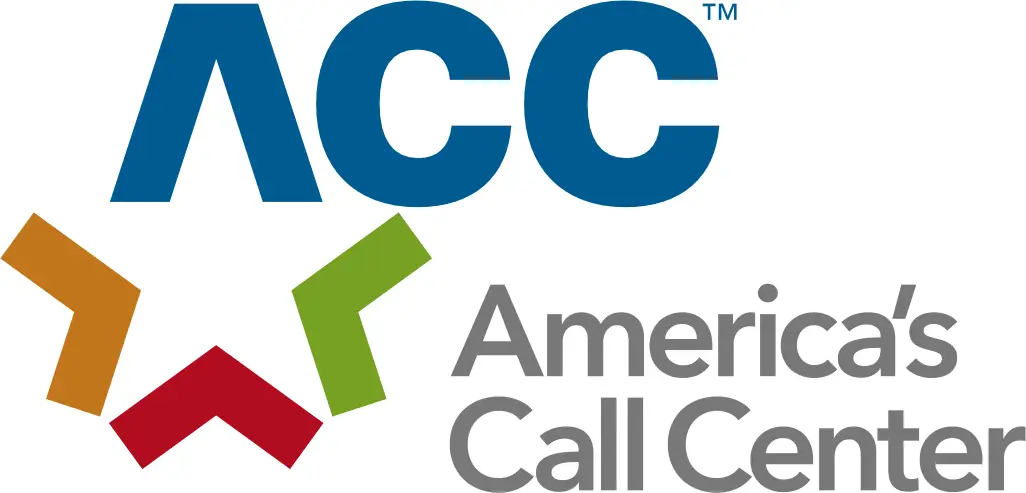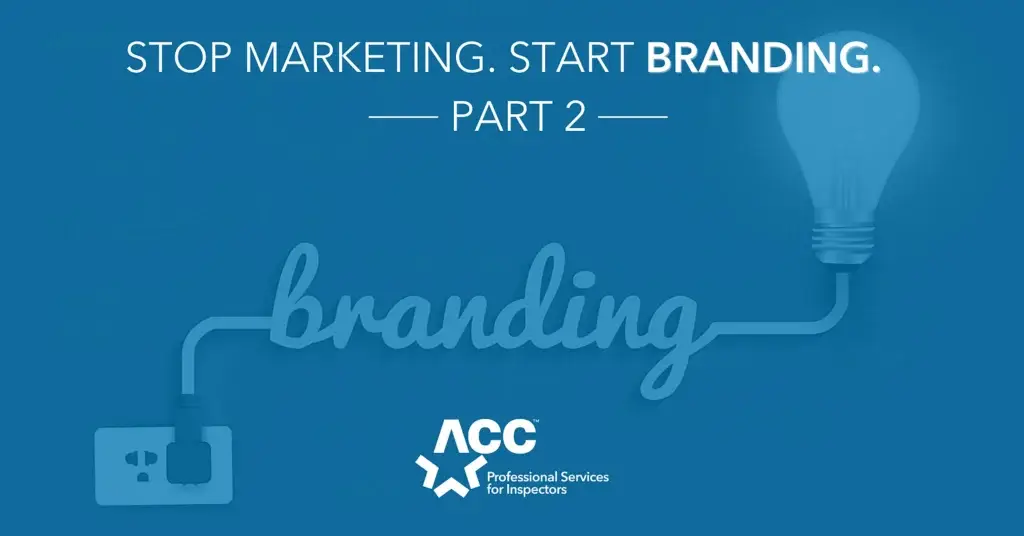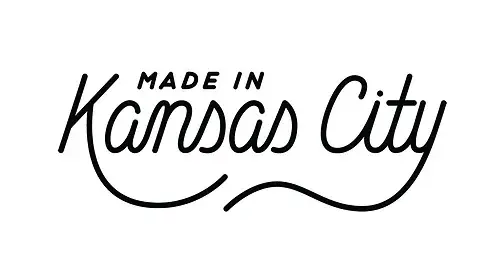In part two of this two-part branding post on why it’s important for home inspectors to start thinking “brand first,” we’ll explore the key elements required to build a strong brand, discuss the pros and cons of establishing a personal brand vs. a business brand, how personal branding and business branding can go hand in glove with each other, and share how to put your brand into action now.
Key elements to consider for building a strong brand
We’ve got good news and bad news for you. The good news is: There just aren’t a lot of home inspection business owners out there who have invested the right time and effort to ensure they have a strong brand. Then, begin brand-building in the right way. The bad news is: Going through a branding or rebranding process isn’t always that easy. However, with so much uncertainty in the air right now and home inspectors wondering how to gain a steady foothold while preparing for an eventual recovery, there’s never been a better time to take a step back and consider your brand. If you do take the time, not only will you be able to set your brand apart from the pack, but you’ll most assuredly increase the odds that your marketing dollars work more effectively, you’ll increase the awareness of your company, you’ll create more loyal customers, and you’ll achieve more growth and sustained success.
Here are a few of the basics that will help to ensure you’ve got a strong brand built for long-term success. One that will help you establish a great online presence that will resonate with your customers, help you push through this economic downturn, and put you in prime position to gobble up business once the recovery hits.
Target Audience
Understanding your target customer is key. Don’t just default to simple identifiers like REALTOR®, because it’s more complicated than that. Who are you really speaking to? What is their age range? Where do they live? What are their hobbies/interests? What are their values? What do they care about? Which platforms are they on? What are their purchasing trends? Do your research, run A/B testing, and learn all about your target customer – because if you’re thinking all your potential customers are the same, think again.
Voice
All companies need a “voice”. This is the personality that your brand portrays. Whether it’s young and playful, corporate and informative, or whimsical and personable, your brand voice should directly relate to your target audience and be kept consistent over all your marketing and brand-building efforts.
Mission
Why did you create your business? Hint: Your answer is not only “to make money.” That’s part of it, of course, but in order to create your mission statement, you need to define what your purpose and passion are for having the business in the first place. Before you can create a brand your target audience will recognize, value and trust, you need to be able to effectively communicate the purpose your business provides. After that, every part of your brand (logo, tagline, imagery, voice, and personality) can reflect that mission and vision for existing.
Values
What core values does your brand encompass that make you stand out from your competitors? It starts internally. If you start out as a sole proprietor and then add office staff or additional inspectors, make sure you build a team that embodies these values and your brand will stand true and authentic. Consumers value values.
Promise
Most importantly, every consumer wants to feel confident in the brand they are pursuing. Create a trustworthy message that your customers can rely on. And stay true to it. What promise do you want to make to your customers, that they will value and you can keep?
Positioning
Is your brand different from your competition? Positioning is the message that relates to what your brand does best and what your audience cares about. Look at it from several different perspectives. Are they doing something that I’m not, and I should be? Am I doing things they are not doing that I should be highlighting? Are there things nobody is doing that I should be exploring?
Perception
It’s often said that your brand isn’t what you say it is, it’s what your customers say it is. Brand perception is the sum of feelings your customers have about your brand. This should be monitored regularly, as it can change over time. One way to monitor how people view your brand is by offering surveys on their experiences. Understanding how you want to be perceived is the first step. Define this first, then create a roadmap on how to accomplish this.
Personal branding and its alignment with your business brand
In part one of this two-part post we discussed the differences between business brand and personal brand. And while there may be many reasons to go with either approach, what we often see in our home inspection industry is a preference for business brand. We also see many businesses that infuse personal branding into their business brand – which is one of the best approaches to growing a thriving home inspection business that can weather the kind of economic storm we are experiencing right now.
While establishing a business brand is the preferred method for home inspectors in our industry, there exists some confusion and often misalignment with adding in the personal branding element to support the business brand.
For example, we’ve all seen home inspection companies that clearly communicate on their website and social media their company values, their unique approach to serving their customers, and their commitment to professionalism at every turn. Winning! Then, unfortunately, we see the owner/inspector get on their business Facebook page and talk about politics or religion, post a questionable image or maybe a too-personal image of themselves, make a comment on another thread using profanity, and other actions that are in direct conflict with the perceptions the brand is trying to convey and the overall experience the brand is creating for its intended audience. Failing.
So, why is personal branding such a powerful tool for helping to grow your business brand? For one, we all love a good story. We love to hear about the entrepreneur who came from modest beginnings and made it big. We like to put a face to the name. In the case of a home inspector, the customer likes to know a bit about what makes you tick – and hopefully mostly good stuff! Your personal story is part of your personal brand, and it helps you build trust with your target audience. Faceless companies have a harder time building that kind of trust, which is why personal branding is so important.
It’s not personal. It’s just business…personal business.
While home inspection brands that have a great personal brand behind it – helping to prop it up and validate the business brands mission, vision, promise, etc.- can often achieve great success, it’s important to note that there’s often a simple challenge that prevents strong alignment between the personal and the business brands. Namely, not all personal brands are comprised of the “right stuff.”
Your personal brand is built on the type of character you portray. So, it’s important that you stay true to who you are. Share your personal struggles, mistakes, business challenges, and hopefully, what you learned from them, how you overcame them, and what you feel it says about you as an entrepreneur and leader. Be honest. Be transparent. But…be careful.
Being honest and transparent means you can also show some flaws and that makes you seem human. We all struggle, but hearing about how you overcame those struggles is often inspiring or even endearing to people. However, like most things in life, it’s important to strike the right balance. While perfection is boring and often downright annoying, too far the other way can make you seem unreliable, flakey, unbalanced, unrelatable, or worse. Yes, people want honesty and transparency, but not if that includes the seedy underbelly of your darkest life moments.
The best personal brand stories that help support business brands have a similar makeup. First, they usually depict a challenge or challenges that were overcome to generate the success story. What were your challenges you had to overcome to get to where you are today? Find the parts that make your story unique and share them. Second, they stand for something. Again, be careful here, but we all love it when someone has a passionate belief in a good cause. And we like to see them stand up for that cause. Finally, they showcase another person(s) and the significant impact they have had on their life and approach to business. For many, this is often their family or spouse, but it can just as easily be a notable business leader, historical figure, philosopher, teacher, etc.
Personal branding and your business brand’s future.
When you’ve found the right balance between what to share and what not to share, and your story directly ties in with your business, that’s when personal branding is extra-powerful and can significantly contribute to your company’s growth. If you’ve done well with your personal branding, you’ll know. A great personal brand is saddled with a great reputation. Which is where you want to be. Because people buy people. Your customers will buy from people they like and trust. You. Your company.
However, at some point, you’ll need to make sure that if your brand-building designs include a road that incorporates you exiting the business – either selling it or transitioning out of the business while it still provides you passive income – that you have molded a transferrable brand.
A transferrable brand in this case is simply one that can exist and thrive without the continuation of your personal branding and/or participation. This is all about the balance we outlined. Personal branding can assist the growth and prosperity of a business brand considerably, but it must not overshadow or render incapable the ability for the brand to stand on its own.
We’ve all heard about the founders of such-and-such company and the values and principles they instilled into the business and how they are the same by which the company exists to this day. That’s what you want if you desire to build a business brand infused with the power of personal branding that you want to sell or exit someday and still get paid. Your personal branding MUST align with the business brand. This determines your short-term success, but most importantly, your long-term. Because if the business loses significant perceived value as soon as you’re gone, then you got out of alignment and never got back on track. And this is an important point.
If you are engaging in personal branding in support of your business brand, you most likely will get out of alignment at some point. Don’t worry. The critical things to remember when it happens are:
Get back in alignment as soon as you recognize you’ve gotten out
Make sure you’re back in alignment well before you think about exiting the business
Number two here is really the most important. Don’t become one of the countless small businesses who become undervalued once it’s time to sell simply because you allowed your personal branding to overshadow the brand and its ability to stand on its own. You as a major brand asset is great. You as an irreplaceable brand asset…not so great. Find the balance and you’ll be in great shape during each life cycle of your business.
Putting your brand in motion
If you spend the time and effort to consider what brand perceptions you want to convey to your well-defined audience, what sets you apart from your competition, your values and voice, and the primary messages that make it all believable, then you are well positioned to maximize your future marketing and brand-building efforts. If not, well, brand happens! Meaning, if you don’t spend time making sure you understand exactly who your brand is and work to convey the right overall perceptions to people, then your customers and others will do it for you.
Take up the steering wheel and drive your brand the way you want and in the direction you’ve defined. Once you feel you’ve done the right branding (or rebranding) work, then put things into motion. Look at your website, your social media, your advertising, your sales and customer service.
Is your logo, color palette, typography appropriately applied to your website? Does the copy and imagery there reflect your brand the right way? Do your profile photos, cover art, and branded imagery communicate the right message to your audience on social media? As with your website, be sure all profile information, posts, and captions reflect your brand voice. If you think for a minute it does not, scrap it! Same goes for your advertising – you already know how your ads should be branded and what perceptions you wish to convey; so write copy that reflects this while including relevant specials, deals or other content for building awareness and driving new business leads.
For your personal branding, support the business brand in the way that only enhances the perceptions you wish to convey. If you think any personal branding activity might be even close to being in conflict with the overall experience you wish for your customers to have with the business brand, don’t do it. If you’ve done the hard work and feel good about your branding or rebranding efforts, then there shouldn’t be much left to question.
Take the time and put in the effort to build the right foundation for your brand, focus on the big picture of your brand, get to the heart and soul of your target audience and consider each experience they might have with your brand. Then, everything you do to promote your inspection business and grow it for sustained success becomes that much easier. You’ll be amazed how much more effective your marketing will become and how much less time you’ll spend wondering or hoping if your efforts will be effective. They will.
Happy branding!


